Explanation
Correct Answer: Use a horizontal CloudHub autoscaling policy that triggers on CPU utilization greater than 70%
*****************************************
The scenario in the question is very clearly stating that the usual traffic in the year is pretty well handled by the existing worker configuration with CPU running well below 70%. The problem occurs only "sometimes" occasionally when there is spike in the number of orders coming in.
So, based on above, We neither need to permanently increase the size of each worker nor need to permanently increase the number of workers. This is unnecessary as other than those "occasional" times the resources are idle and wasted.
We have two options left now. Either to use horizontal Cloudhub autoscaling policy to automatically increase the number of workers or to use vertical Cloudhub autoscaling policy to automatically increase the vCore size of each worker.
Here, we need to take two things into consideration:
1. CPU
2. Order Submission Rate to JMS Queue
>> From CPU perspective, both the options (horizontal and vertical scaling) solves the issue. Both helps to bring down the usage below 90%.
>> However, If we go with Vertical Scaling, then from Order Submission Rate perspective, as the application is still being load balanced with two workers only, there may not be much improvement in the incoming request processing rate and order submission rate to JMS queue. The throughput would be same as before. Only CPU utilization comes down.
>> But, if we go with Horizontal Scaling, it will spawn new workers and adds extra hand to increase the throughput as more workers are being load balanced now. This way we can address both CPU and Order Submission rate.
Hence, Horizontal CloudHub Autoscaling policy is the right and best answer.





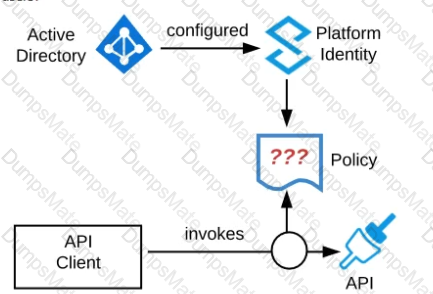
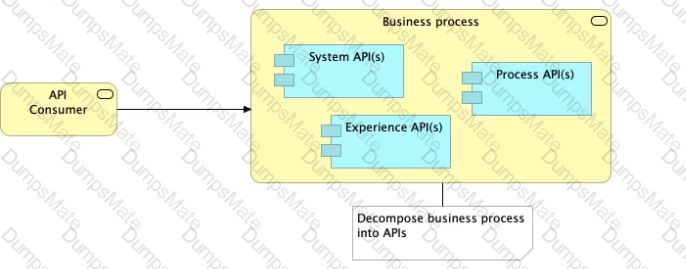




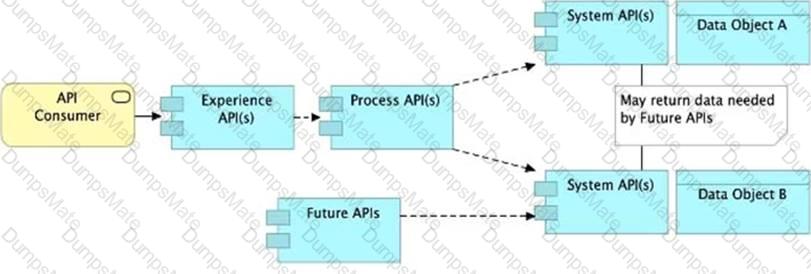
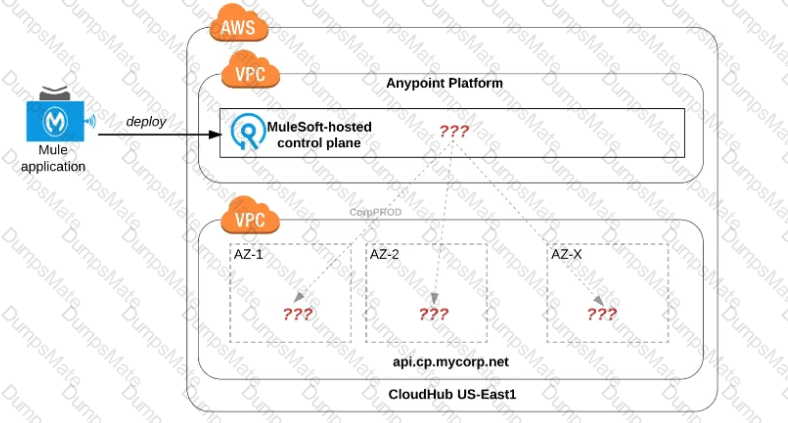
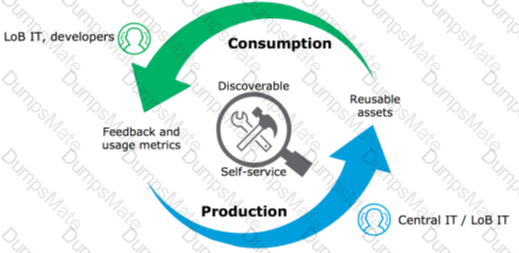 Diagram, arrow
Description automatically generated
Diagram, arrow
Description automatically generated
